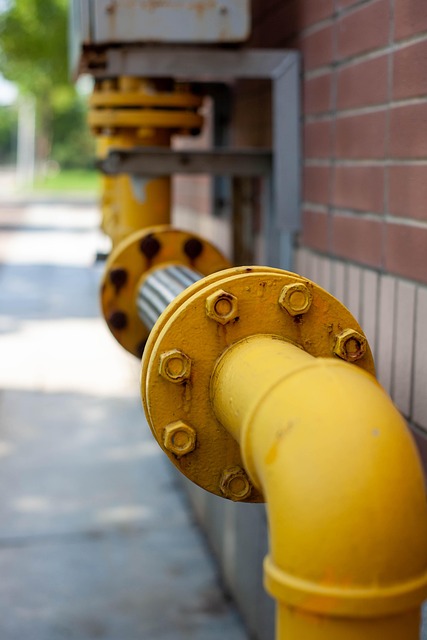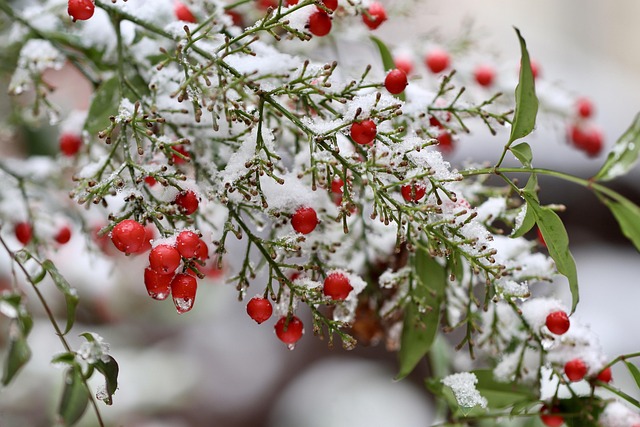To prevent frozen pipes during winter, identify vulnerable areas like pipes near exterior walls and attics, seal gaps with weatherstripping or caulking, insulate exposed pipes, turn off the main water supply valve, use heat tape or pipe insulation, install a freeze-detection system, and keep emergency contact info handy.
Planning a winter getaway? Before you leave, ensure your home is protected from chilly temperatures and potential pipe freezes. This comprehensive guide explores the risks of frozen pipes during winter travel and offers essential preparation tips to keep your plumbing intact. From understanding cold-weather vulnerabilities to implementing effective preventive measures, you’ll learn how to safeguard your home. Additionally, we provide an emergency action plan for quick response in case pipes do freeze. Discover how to prevent frozen pipes and enjoy your vacation worry-free!
- Understanding Winter Pipe Freezing Risks
- Preparation Tips to Prevent Frozen Pipes
- Emergency Action Plan for Pipe Freezes
Understanding Winter Pipe Freezing Risks

Winter can bring beautiful landscapes, but it also poses significant risks for frozen pipes. When temperatures drop below freezing, water inside pipes that are exposed or lack insulation can turn into ice, leading to potential damage and costly repairs upon your return. Understanding these risks is the first step in how to prevent frozen pipes. Vulnerable areas include pipes near exterior walls, basements, attics, and where water supplies enter your home.
Recognize that even small gaps around pipes can allow cold air to reach them, accelerating freezing. Take measures like sealing off these openings with weatherstripping or caulking. Additionally, consider insulating exposed pipes with materials designed for this purpose. By taking proactive steps, you can significantly reduce the chance of frozen pipes during your winter travels, ensuring a stress-free return home.
Preparation Tips to Prevent Frozen Pipes

Before heading off on your winter vacation, take some time to prepare and protect your home from the cold. One of the most common issues homeowners face during freezing temperatures is frozen pipes. To prevent this, start by insulating exposed pipes in your attic, basement, and crawl spaces. This simple step creates a barrier against extreme cold.
Additionally, consider installing thermal protection products like heat tape or pipe insulation. These products are designed to maintain a consistent temperature around your pipes, keeping them from freezing. Turning off the main water supply valve is another crucial preparation step. By doing so, you reduce the risk of water damage caused by burst pipes.
Emergency Action Plan for Pipe Freezes

If you’re traveling during winter, it’s crucial to have an emergency action plan in place to prevent frozen pipes while you’re away. Before leaving, isolate your water supply by shutting off the main valve. This simple step can save you from costly repairs and potential flooding upon your return. Insulate pipes that are exposed or at risk of freezing with materials like foam insulation or heating tape.
Additionally, consider installing a freeze-detection system that alerts you to any pipe freezes in real time. Keep emergency contact information handy for both your plumbing service and local utilities. By taking these proactive measures, you’ll be well-prepared to mitigate the risks of frozen pipes, ensuring your home stays protected even when you’re away on winter travels.
Traveling during winter? By understanding the risks of frozen pipes and implementing simple preparation tips, you can avoid costly damage. Remember, prevention is key; follow these strategies to ensure your home stays protected while you’re away, giving you peace of mind for a worry-free trip. In case of an emergency freeze, having an action plan in place will help mitigate potential disasters.
